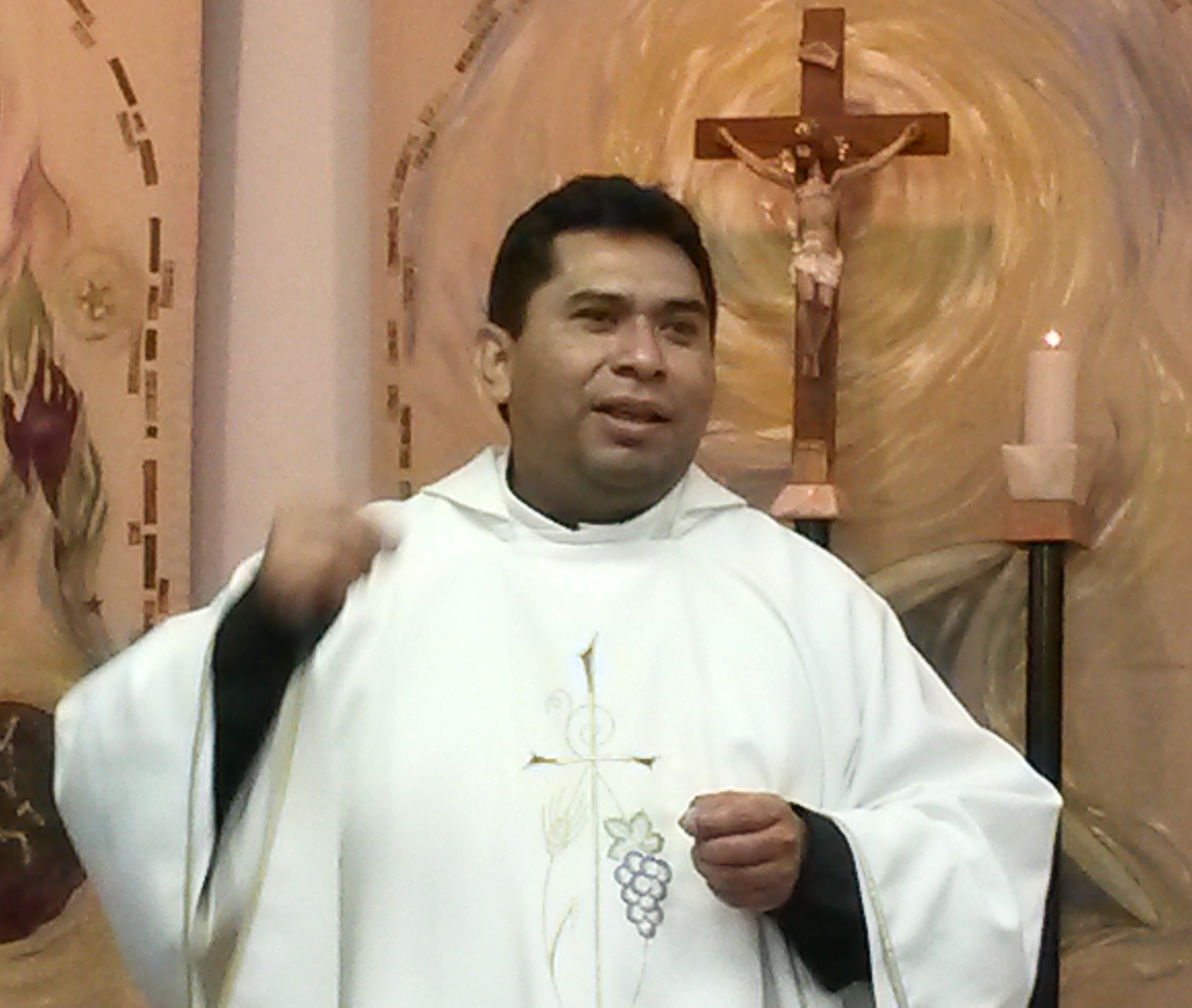 EASTER SUNDAY
EASTER SUNDAY
By our Pastor, Fr. Carmelo Jimenez
At the Easter Vigil we celebrate the foundation of our faith, according to the testimony of Saint Paul: “if Christ has not been raised, then empty [too] is our preaching; empty, too, your faith.” (1 Cor. 15:14) He has been raised and that is proclaimed with the solemn Alleluia. The vigil, and the entire time of Easter, has a clear baptismal character: it is a time to celebrate baptisms and a time for all the baptized to renew our baptismal promises. It is a time to renew our faith and our condition as Christians. Baptism is to go from darkness to the light, and so, in the Easter Vigil, before the baptismal rite we have the blessing of the fire which makes heat and light and we proclaim the Light of Christ, represented in the Paschal candle.
The text of John 20:1-9 which is proclaimed on Easter Sunday, proposes that we accompany Mary Magdalene to the tomb, which is a symbol of death and human silence. It insinuates shadows and bewilderment that the Lord is not in the tomb; he who has given over his life forever cannot be there. In the tomb there is no life, and Jesus had presented himself as the resurrection and the life. Mary Magdalene discovers the resurrection, but she can’t interpret it yet.
It is true that St. John is a detailed author throughout his gospel. It seems that everything responds to the affirmation of Mary Magdalene: “They have taken the Lord from the tomb, and we don’t know where they put him.” (Jn. 20:2b) And this expression responds to the news emanating from the Jews that the disciples had stolen the body of the Lord, and that he had not been raised from the dead. The abundance of details underlines the truth of the resurrection. When a body is stolen from a grave, no one carefully leaves the clothes in the way that the Gospel writer describes. They take everything and the pieces that fall off are disordered, the details don’t matter, just the objective or the object. But St. John tells us about the details in order. And so, he has not been stolen, the truth is that he has risen!
“Then the other disciple also went in, the one who had arrived at the tomb first, and he saw and believed. For they did not yet understand the Scripture that he had to rise from the dead.” (Jn. 20:8-9) This is the moment that the Beloved Disciple sees the “signs” and believes that Jesus is alive in a different way and forever. He wants to affirm both the realism and the transcendence of the resurrection of Jesus. It also is now part of the formula of faith that we profess: “on the third day he rose again in accordance with the Scriptures.” The Scriptures are the literary expression of the project of God. God fulfills his plan despite all of the resistance. And it has been fulfilled giving life back to his Son made man, and in personal communion with Him, to all mankind.
For humankind the resurrected Jesus is the answer to the deepest question in his inmost being: the desire to live and live happily forever. Faith in the resurrection proposes a quality of life, not the typical social or economical type, but rather a theologically intimate one that takes us beyond all misery and senseless death. Let us contemplate the “signs” of the empty tomb and each one of the arranged details and meditate on the Scriptures in order to have a personal encounter with Christ fully alive, glorious and risen, which gives us the hope of eternal life with him in glory.